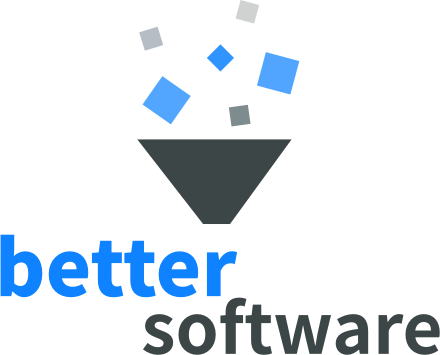Software development plays a critical role in the success of numerous industries such as healthcare, automotive, retail, and finance. Despite significant investments in improving their software development maturity, many companies are facing inconsistent results and return on investment. To address this challenge and enhance the effectiveness of software development efforts, organizations are turning to process mining.
What is Software Excellence?
Software excellence refers to the ability of software development teams or organizations to achieve the highest standards of efficiency, and effectiveness in software development. It includes various aspects of software development, including efficiency, reliability, usability, and scalability. Achieving software excellence involves implementing best practices, adopting efficient processes, and continuously improving the quality of software products.
What is Process Mining?
Process mining has emerged as a pivotal practice that enables businesses to better understand and align processes. It is the bridge between data science and traditional project management. Unlike other methods that rely solely on workshops and interviews, where team members provide subjective information, process mining collects, analyzes, and reconstructs the actual execution of processes within an organization to offer objective, data-driven perspectives, and identify inefficiencies, bottlenecks, and opportunities for improvement.
According to the Process Excellence Network (PEX), 90% of organizations that implemented process mining reported positive results. This is not surprising as process mining provides complete transparency into complex processes, helping companies make informed decisions. But what is the role of process mining in software excellence?
How Process Mining Helps Companies Achieve Software Excellence
Process mining is a critical technique that companies need to achieve software excellence. It provides invaluable insights into the full software development lifecycle, allowing teams to improve quality, optimize processes, and increase efficiency. Let’s examine the relationship between process mining and software excellence.
Process Optimization and Efficiency
One of the key benefits of process mining is its ability to provide organizations with visibility into their actual processes. By analyzing and visualizing objective data, organizations can gain insights and a deeper understanding of how their processes operate in reality, as opposed to how they are documented. Thus, identify bottlenecks, inefficiencies, and deviations in these processes. Understanding the actual flow of processes enables organizations to make informed decisions and optimize the workflows, streamline activities, and enhance overall efficiency.
Quality Assurance and Compliance
Maintaining consistent quality across large teams is a significant challenge for software development, where quality is paramount. Process mining enables companies to address this by providing insights into adherence to documented processes. It reveals patterns and deviations, as well as opportunities for improvement in the software development life cycle. This helps companies ensure compliance with industry standards, regulations, and internal guidelines. By identifying areas for improvement and potential risks, organizations can enhance the quality of their software products and reduce the likelihood of defects.
Resource Allocation and Workload Balancing
Effective resource allocation and workload balancing are essential for achieving good results and maintaining a high-level of software development maturity. Through the use of process mining companies can reveal the actual workload distribution and balance task allocation, ensuring that resources are used effectively. This allows companies to improve productivity, avoid overburdened teams, and enhance overall efficiency.
Project Management and Collaboration
Managing large-scale projects requires effective coordination among teams. Process mining plays a crucial role in project management because it enables teams to visualize project flows, dependencies, and interactions. This visualization facilitates collaboration, communication, and project tracking, leading to more efficient project management. By providing a clear overview of project progress, process mining enables teams to identify potential issues early and take corrective actions to ensure project success.
Root Cause Analysis
When issues arise in software development projects, process mining allows organizations to dig deeper and identify the root causes. By understanding the underlying reasons behind delays, errors, or bottlenecks, teams can effectively address these problems, leading to improved outcomes. More importantly, companies can take corrective actions to prevent these issues from recurring in the future.
Insights-to-Action
Process mining provides immediate, actionable insights that enable teams to make intelligent corrections. By leveraging the findings from the analysis, teams can improve overall performance and enhance software quality. Process mining enables organizations to identify areas where processes can be improved and take action to address them, leading to improved outcomes.
To sum it up, process mining has become an indispensable tool for companies working towards increasing software development maturity and working towards software excellence. By utilizing process mining, companies can understand their processes, identify inefficiencies, and take intelligent actions, teams can optimize their workflows, maximize productivity, and eliminate process variants. Moreover, it ensures adherence to defined standards, guidelines, and compliance requirements, leading to enhanced quality and a reduced risk of non-compliance. Incorporating process mining into software development practices empowers organizations to achieve higher levels of software development maturity, and produce higher-quality software applications with less inefficiencies, ultimately leading to greater customer satisfaction and business success.


